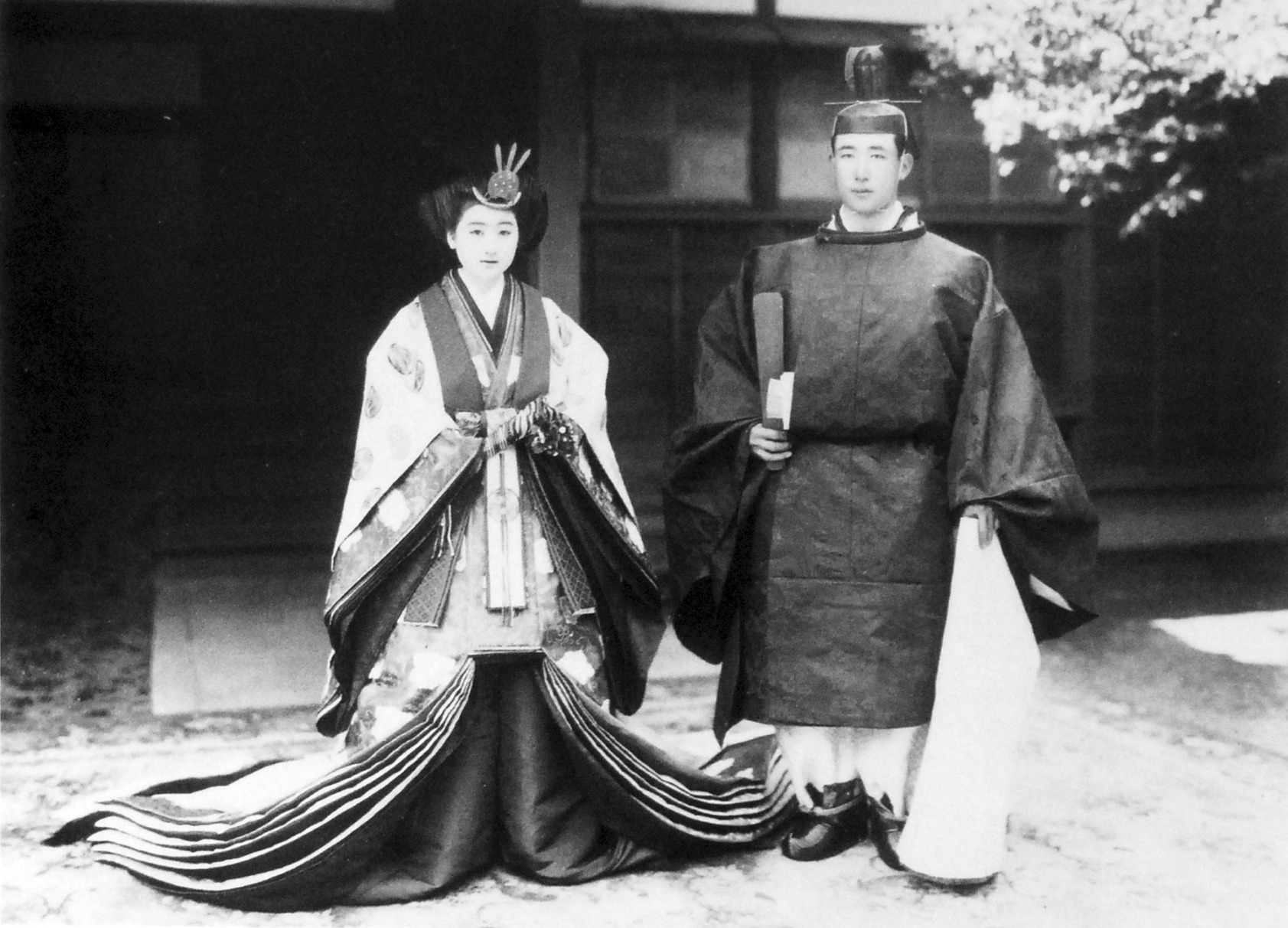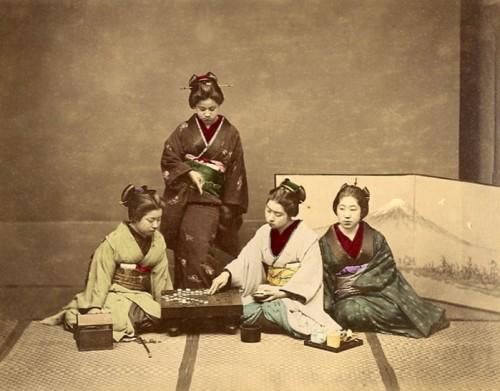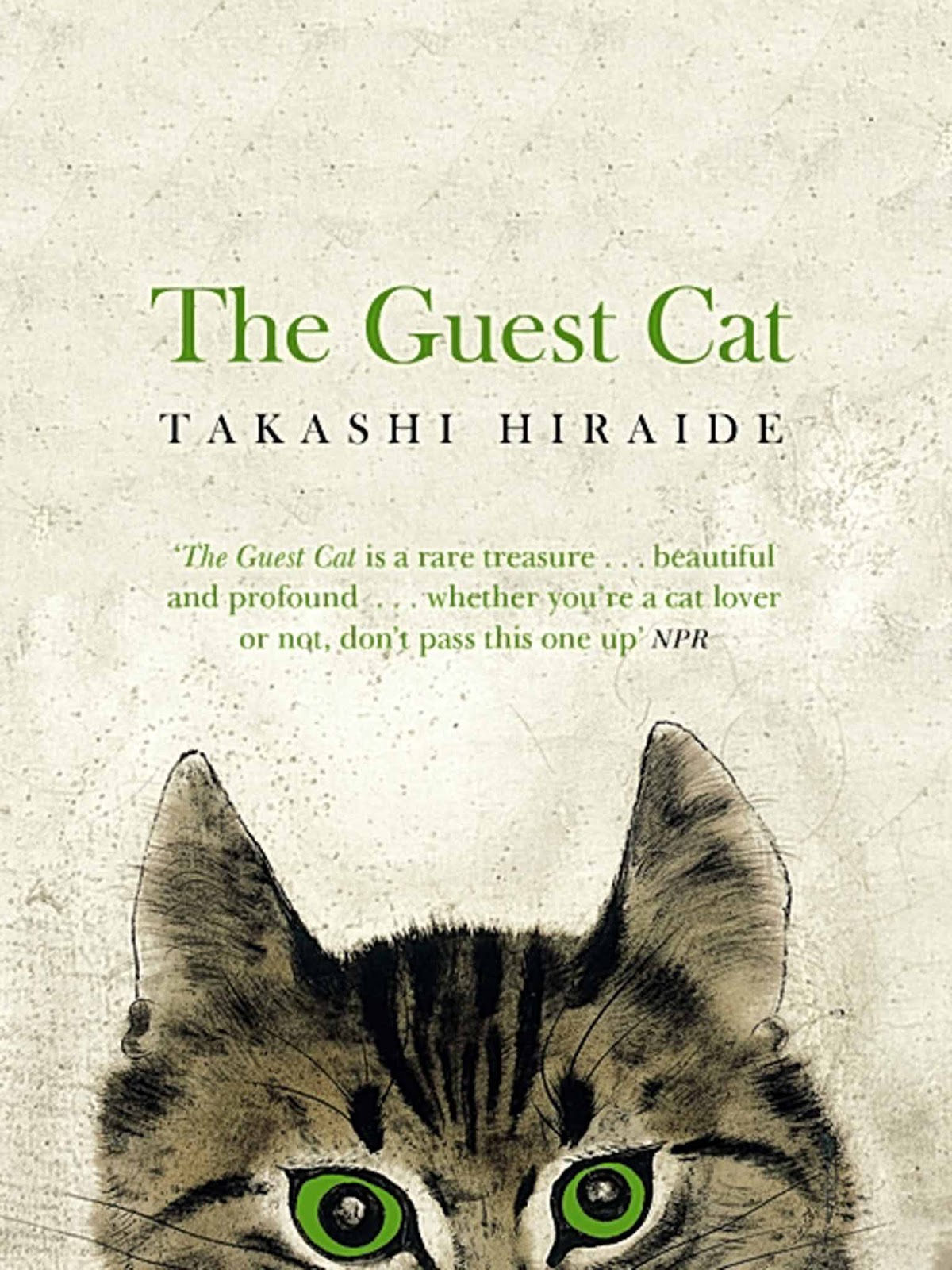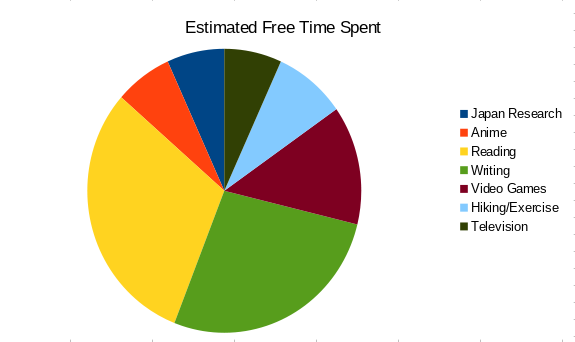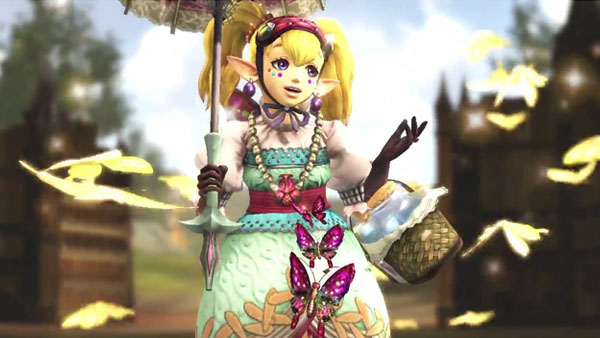
The Lady Who Loved Insects is a charming short story set in the Heian period. The story follows a young noble woman who has intellectual interests, such as studying insects, in a society where women were supposed to be wives and sometimes poets. The Lady Who Loved Insects can be found in The Riverside Middle Counselor’s Stories (Tsutsumi chunagon monogatari). The story may date to a later period. Included in the collection is a story written by a lady-in-waiting who won a short-story writing contest in 1055. This story likely dates to about the same time.
The Bug Girl, as I will rather fondly call the lady in the story, jumps off the page with her personality. You can also see her frustration with the expectations others have of her when you read. Here’s an example:
This lady collected great numbers of frightful-looking vermin. “The way people lose themselves in admiration of blossoms and butterflies is positively silly and incomprehensible,” she would say. “It is the person who wants the truth and inquires into the essence of things who has an interesting mind.”
And she put them into different kinds of screened boxes to see how they would develop. “What intrigues me the most is the caterpillars, which have a certain appeal,” she would say, and she would lay them out on the palm of her hand and watch them from morning till evening with her hair drawn back behind her ears.
Since her young ladies were dismayed at this behavior, she gathered around her a band of fearless and disreputable boys, and amused herself by giving them the vermin in the boxes to hold, asking their names and assigning names to the unfamiliar ones.
You may have noticed the detail about drawing her hair behind her ears. It points to how she doesn’t care about her appearance. The story goes on to describe how she would stare people down from under her “heavy black eyebrows” and even contradict her parents. Eyebrows among Heian noble women were considered unattractive and uncivilized. The Bug Girl is quite a headstrong woman! Her parents confront her about her unseemly behavior:
“That may be,” they told her. “But you are getting a strange reputation. What people like is good looks. If society were to hear that you enjoy playing with weird-looking caterpillars, it would put you in a very peculiar light.”
“I don’t care. Only when one examines all things and looks at their outcome do things have significance…”
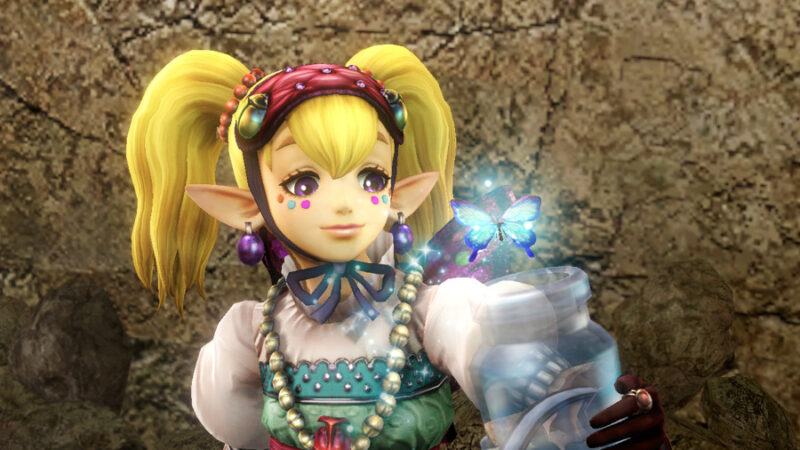
Throughout the story the Bug Girl tells off people like this. She uses facts and reason to prove her points. As you may suspect, the story nudges her toward the duties expected her. However, the efforts fail. Interestingly, an unnamed man, called only the Assistant Director of the Stables of the Right, takes a liking to her. Unfortunately, he doesn’t care for her habits either:
Her figure was nicely proportioned, and her hair fell very abundantly the full length of her robes. Since it was untrimmed at the edges, it did not form a cluster, yet it flowed evenly and looked only the more beautiful.
“Most people are not this well favored. Is it so regrettable that they try to improve their personal appearance and manner? One ought really to be repelled by her appearance, yet she is very nice looking and genteel, and it is surely only her troublesome qualities that make her different. Oh, how regrettable! Why does she ave such a weird mind, and when she looks so nice too!”
As I read the story, I found the Bug Girl charming, but I am also not a Heian-period Japanese man. The story’s negative commentary comes from her parents and men. The Bug Girl doesn’t pay them any attention. She views them as small minded:
“When one thinks things through, one realizes that nothing is shameful. Who among men can stay long enough in this dreamlike and illusory world to look at bad things or look at the good and wonder about them?”
For such a story to circulate in a collection is rather interesting. Despite the negative commentary from the other characters and the negative slant the story’s narrator has toward the Bug Girl, I admired her. She stands strong against the expectations of her society. She one-ups the people around her by using her intellect too. It seems the author (we don’t know who wrote the story) either wanted to satirize eccentric behavior or couched her behavior as negative, to keep the story acceptable for the time, while supporting such female independence.You can read the story in both directions. Most likely, the story was meant as satire against eccentric and scandalous behavior (scandalous considering the norms of the time). Modern readers will find her character appealing. I certainly did!
The story ends rather abruptly, stating it will continue in a second scroll. Unfortunately, the story doesn’t have a surviving continuation. This may be for the better. Likely, the Bug Girl would “come around” and start to behave in the expected (boring) way a Heian noblewoman was supposed to behave. Then she would marry the Assistant Director and the like. If you haven’t read The Lady Who Loved Insects, sometimes it is titled The Lady Who Loved Vermin, I suggest you give it a read. It is short read; the translation I read is only 7 pages. It provides an interesting window into Heian period thinking.
Reference
Craig McCullough, Helen (1990) Classical Japanese Prose. Stanford University Press.
